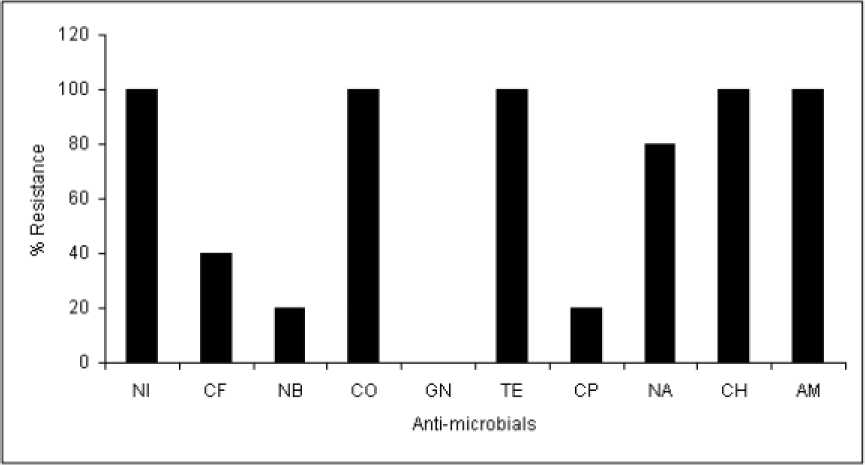Figure 2: Anti-microbial resistance frequencies of E. coli from free range cockerel. N,
nitrofurantoin; Cf, cefuroxime; Nb, norfloxacin; Co, cotrimoxazole; Gn, gentamicin; Te,
tetracycline; Cp, ciprofloxacin; Na, nalidixic acid; Ch, chloramphenicol; Am, ampicillin.
Anti-microbial Resistance Profile of E. coli Isolates Old Layers: E. coli isolates from the
old layers, (Figure 3), recorded 100% resistance against nitrofurantoin,
cotrimoxazole, tetracycline, chloramphenicol and ampicillin, while 80% resistance
was recorded against nalidixic acid. Zero resistance was on the other hand recorded
against gentamicin.

Figure 3: Anti-microbial resistance frequencies of E. coli from old layers. N, nitrofurantoin; Cf,
cefuroxime; Nb, norfloxacin; Co, cotrimoxazole; Gn, gentamicin; Te, tetracycline; Cp,
ciprofloxacin; Na, nalidixic acid; Ch, chloramphenicol; Am, ampicillin.
OJHAS Vol 4 Issue 3, 2005-3-3: Original Article. Antimicrobial resistance profile of E.coli isolates from tropical free range chickens. www.ojhas.org/issue15/2005-3-3.htm
More intriguing information
1. The name is absent2. The Modified- Classroom ObservationScheduletoMeasureIntenticnaCommunication( M-COSMIC): EvaluationofReliabilityandValidity
3. Synthesis and biological activity of α-galactosyl ceramide KRN7000 and galactosyl (α1→2) galactosyl ceramide
4. The name is absent
5. Artificial neural networks as models of stimulus control*
6. Contribution of Economics to Design of Sustainable Cattle Breeding Programs in Eastern Africa: A Choice Experiment Approach
7. The name is absent
8. The name is absent
9. The name is absent
10. The Value of Cultural Heritage Sites in Armenia: Evidence From a Travel Cost Method Study